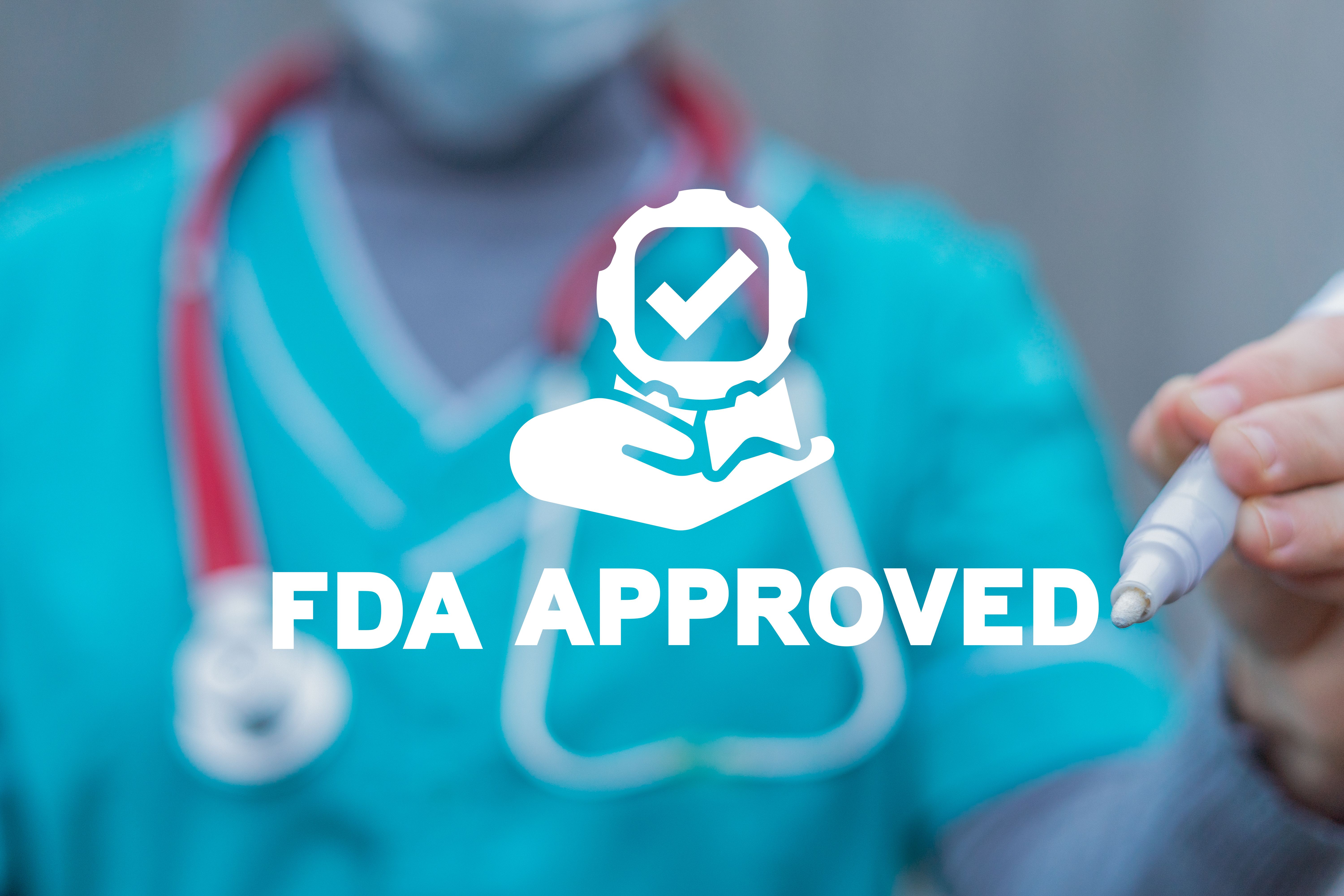FDA Approves First Treatment Indicated to Lower Risk of Relapse in Pediatric Patients With High-Risk Neuroblastoma
Eflornithine (Iwilfin) approved by FDA for adult and pediatric patients with high-risk neuroblastoma who showed at least a partial response to previous multi-agent and multimodality treatment that included an anti-GD2 immunotherapy.
Image credit: wladimir1804 | stock.adobe.com

The FDA has approved eflornithine (Iwilfin) to lower the risk of relapse in adult and pediatric patients with high-risk neuroblastoma (HRNB) who showed at least a partial response to previous multi-agent and multimodality treatment that included an anti-GD2 immunotherapy.1 The FDA action represents the first approval for a therapy indicated to decrease the risk of relapse in pediatric patients with HRNB.
The FDA based the regulatory action on data from an externally controlled trial that evaluated findings from Study 3b (NCT02395666)—which included an investigational cohort—and Study ANBL0032—which included a clinical trial-derived external control cohort. Study 3b was a multi-center, prospective, open label, two-cohort, non-randomized trial that enrolled 105 eligible patients with HRNB from a cohort administered oral eflornithine twice daily at a dose based on body surface area (BSA) until disease progression, unacceptable toxicity, or for up to two years.
Study 3b analyzed historical benchmark event-free survival (EFS) data that were collected in Study ANBL0032. The multi-center, open-label, randomized trial evaluated dinutuximab, granulocyte-macrophage colony-stimulating factor, interleukin-2, and cis-retinoic acid vs. cis-retinoic acid alone in pediatric patients with HRNB. The external control cohort included 1241 patients from the experimental arm of Study ANBL0032.
Eligible patients for the comparative analysis of Study 3b and ANBL0032 were matched (1:3) using propensity scores. The matched efficacy populations for the primary analysis enrolled 90 patients administered Iwilfin and 270 patients from the control cohort of Study ANBL0032. The trial’s primary endpoint was EFS, with a secondary end point of overall survival (OS).
In the trial’s protocol-specified primary analysis, researchers found the EFS HR was 0.48 (95% CI, 0.27-0.85); and the OS HR was 0.32 (95% CI, 0.15-0.70). Investigators performed supplementary analyses for subpopulations or used alternative statistical methods because of the externally controlled study design. These data show the HR for EFS ranged from 0.43 (95% CI, 0.23-0.79) to 0.59 (95% CI, 0.28-1.27). The OS HR ranged from 0.29 (95% CI, 0.11-0.72) to 0.45 (95% CI, 0.21-0.98).
In terms of safety, the most common adverse effects reported in at least 5% of patients from Study 3b included otitis media, diarrhea, cough, sinusitis, pneumonia, upper respiratory tract infection, conjunctivitis, vomiting, pyrexia, allergic rhinitis, decreased neutrophils, increased alanine aminotransferase, increased aspartate transaminase, hearing loss, skin infection, and urinary tract infection.1
In October 2023, the FDA's Oncologic Drugs Advisory Committee (ODAC) voted 14-to-6 that sufficient data were presented that show the EFS benefit with Iwilfin in lowering the risk of relapse among pediatric patients with high-risk neuroblastoma.2
Standard therapy for neuroblastoma has largely been based on the risk group a pediatric patient falls under.3 In general, younger patients with smaller tumors fall in the lower risk groups, whereas older children, those with tumors that have metastasized throughout the body, and children with tumors that have unfavorable features or extra copies of the MYCN gene fall under the high-risk group. Certain infant patients with neuroblastoma that spread throughout the body may still be deemed low risk, especially for cases in which the tumor does not possess extra copies of MYCN or other unfavorable features.3
References
1. FDA approves eflornithine for adult and pediatric patients with high-risk neuroblastoma. FDA. News release. December 13, 2023. Accessed December 14, 2023. https://www.fda.gov/drugs/resources-information-approved-drugs/fda-approves-eflornithine-adult-and-pediatric-patients-high-risk-neuroblastoma
2. Oncologic Drugs Advisory Committee Meeting. FDA. October 4, 2023. Accessed December 14, 2023.
3. Treatment of Neuroblastoma by Risk Group. American Cancer Society. Webpage. Updated April 28, 2021. cessed December 14, 2023. https://www.cancer.org/cancer/types/neuroblastoma/treating/by-risk-group.html#:~:text=Generally%2C%20younger%20children%20with%20smaller,in%20the%20high%2Drisk%20group
Key Findings of the NIAGARA and HIMALAYA Trials
November 8th 2024In this episode of the Pharmaceutical Executive podcast, Shubh Goel, head of immuno-oncology, gastrointestinal tumors, US oncology business unit, AstraZeneca, discusses the findings of the NIAGARA trial in bladder cancer and the significance of the five-year overall survival data from the HIMALAYA trial, particularly the long-term efficacy of the STRIDE regimen for unresectable liver cancer.
Cell and Gene Therapy Check-in 2024
January 18th 2024Fran Gregory, VP of Emerging Therapies, Cardinal Health discusses her career, how both CAR-T therapies and personalization have been gaining momentum and what kind of progress we expect to see from them, some of the biggest hurdles facing their section of the industry, the importance of patient advocacy and so much more.